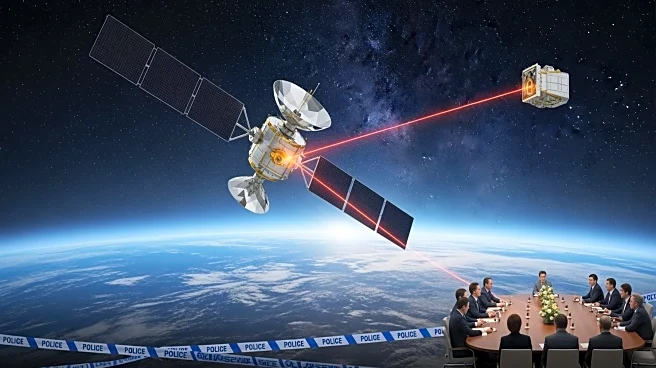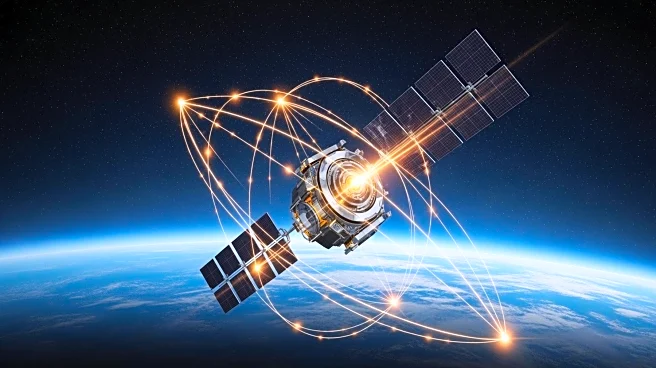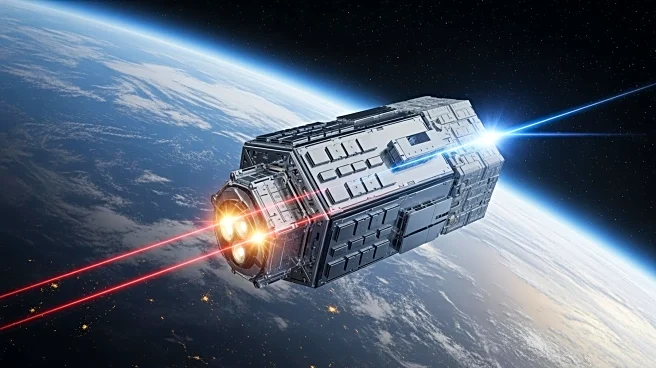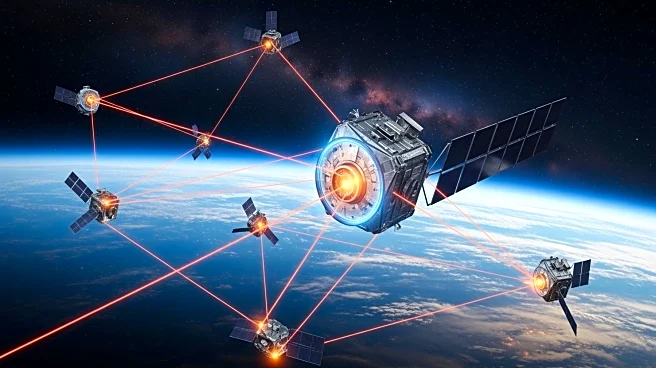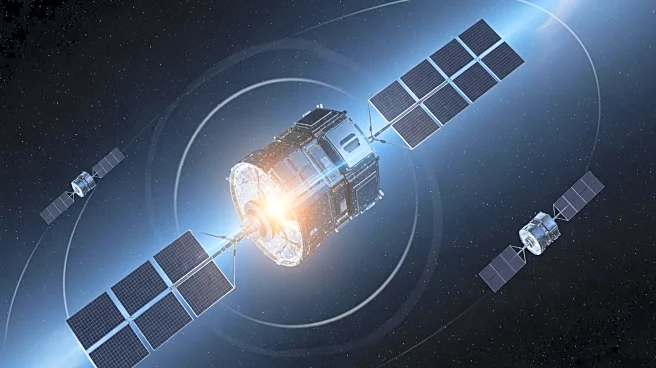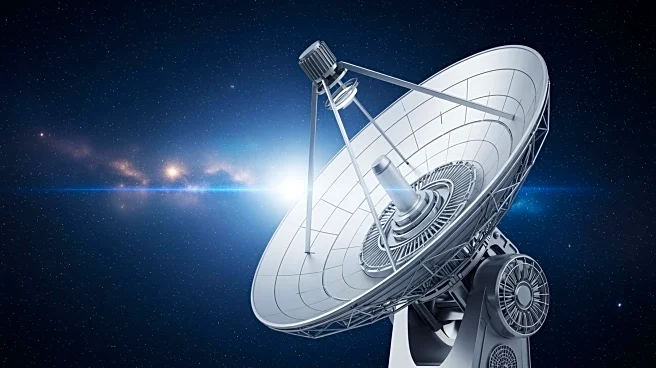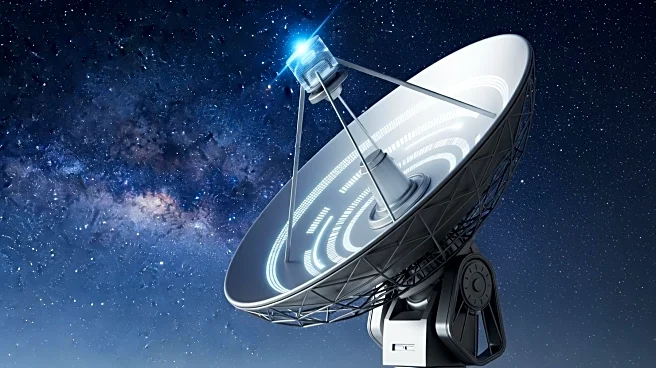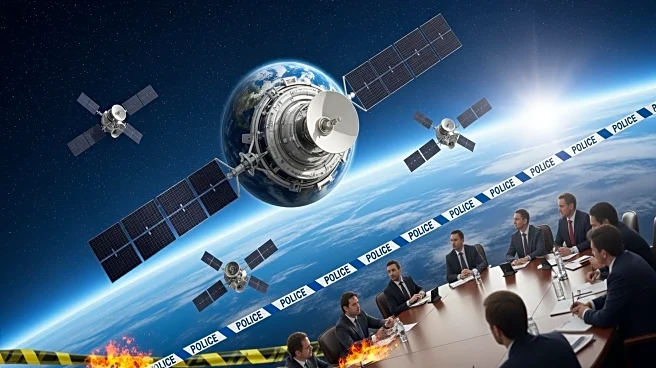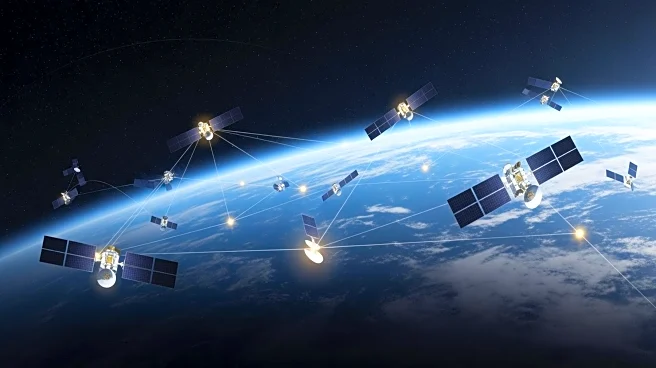What's Happening?
Muon Space has announced its plan to incorporate Starlink's mini laser technology into its upcoming Halo spacecraft, marking a significant advancement in satellite communication. This integration will
allow Muon Space to eliminate ground station bottlenecks and establish a high-speed, real-time network in orbit. The technology, which supports 25Gbps connections between satellites at a range of up to 4,000 kilometers, is already used by Starlink to create a mesh network in low-Earth orbit. Muon Space will be the first company outside of SpaceX to utilize this technology, aiming to reduce latency to milliseconds and provide end-to-end encrypted data transfer. The first satellite equipped with this technology is expected to launch in 2027.
Why It's Important?
The adoption of Starlink's mini laser technology by Muon Space represents a major leap forward in satellite communication capabilities. By reducing latency and increasing data transfer speeds, this technology can significantly enhance Earth observation and analytics, which have traditionally been limited by connectivity constraints. This advancement is particularly crucial for applications like FireSat, a satellite system developed to track wildfires from space. Improved data transfer capabilities can aid in real-time tracking of fire direction and progress, offering critical information for emergency responders. The broader implications of this technology could transform satellite-based services, making them more accessible and reliable for various industries and everyday users.
What's Next?
Muon Space plans to launch its first satellite equipped with Starlink's mini laser technology in 2027. As the technology becomes operational, it is expected to impact services visible to individuals, similar to the transition from dial-up to always-on internet access. The integration of this technology could lead to more persistent connectivity and enhanced services in space-based applications. Stakeholders such as corporate customers and emergency response teams may begin to see tangible benefits in data accessibility and reliability, potentially prompting further adoption of similar technologies across the industry.
Beyond the Headlines
The integration of Starlink's mini laser technology into Muon Space satellites could have long-term implications for the satellite industry. By providing higher data transfer speeds and reduced latency, this technology may set a new standard for satellite communication, encouraging other companies to adopt similar innovations. Additionally, the enhanced capabilities could lead to more efficient and effective monitoring of environmental and emergency situations, potentially influencing public policy and resource allocation in disaster management.
